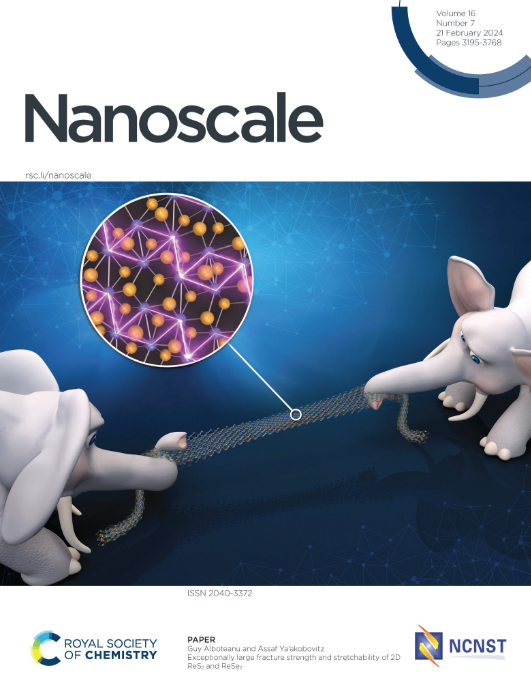Gold nanozymes for efficient degradation of organic dye pollutants: outperforming natural enzymes
IF 5.8
3区 材料科学
Q1 CHEMISTRY, MULTIDISCIPLINARY
引用次数: 0
Abstract
Nanozymes (NZs) are raising increasing interest as effective tools for the degradation of organic pollutants dispersed in the environment. In particular, noble-metal NZs are extremely efficient and versatile, thanks to their multi-enzymatic activities, wide pH operational range, and thermal stability. However, whilst multifunctionality can be a key asset of NZs in some applications (e.g., by intrinsic self-cascade/tandem reactions), the “internal” competition between their different catalytic activities may strongly limit their specific efficiency towards some targets. In this scenario, a deep comprehension of their catalytic mechanisms and careful optimization of the operating conditions are crucial to disclose their full potential and maximize their performances. Here, we analyzed the ability of gold, palladium, and platinum NZs to degrade model organic pollutants of industrial relevance, i.e. rhodamine B, methylene blue, and methyl orange. Interestingly, we found that AuNZ is very efficient in degrading all three dyes via peroxidase-like activity, unlike the natural enzyme (horseradish peroxidase - HRP), which displayed weak degradative capabilities. On the other hand, Pd and PtNZs experience the internal competitive catalase-like reaction, strongly limiting their dye degradation performances. The mechanism underlying AuNZ ability to degrade the synthetic dyes was investigated, revealing the preferential reactivity with the aromatic structures of the molecules. We also developed a proof-of-concept AuNZ-based dye-degrading filter system, showing excellent dye removal capability and good recyclability, even in real environmental samples.求助全文
约1分钟内获得全文
求助全文
来源期刊

Nanoscale
CHEMISTRY, MULTIDISCIPLINARY-NANOSCIENCE & NANOTECHNOLOGY
CiteScore
12.10
自引率
3.00%
发文量
1628
审稿时长
1.6 months
期刊介绍:
Nanoscale is a high-impact international journal, publishing high-quality research across nanoscience and nanotechnology. Nanoscale publishes a full mix of research articles on experimental and theoretical work, including reviews, communications, and full papers.Highly interdisciplinary, this journal appeals to scientists, researchers and professionals interested in nanoscience and nanotechnology, quantum materials and quantum technology, including the areas of physics, chemistry, biology, medicine, materials, energy/environment, information technology, detection science, healthcare and drug discovery, and electronics.
 求助内容:
求助内容: 应助结果提醒方式:
应助结果提醒方式:


